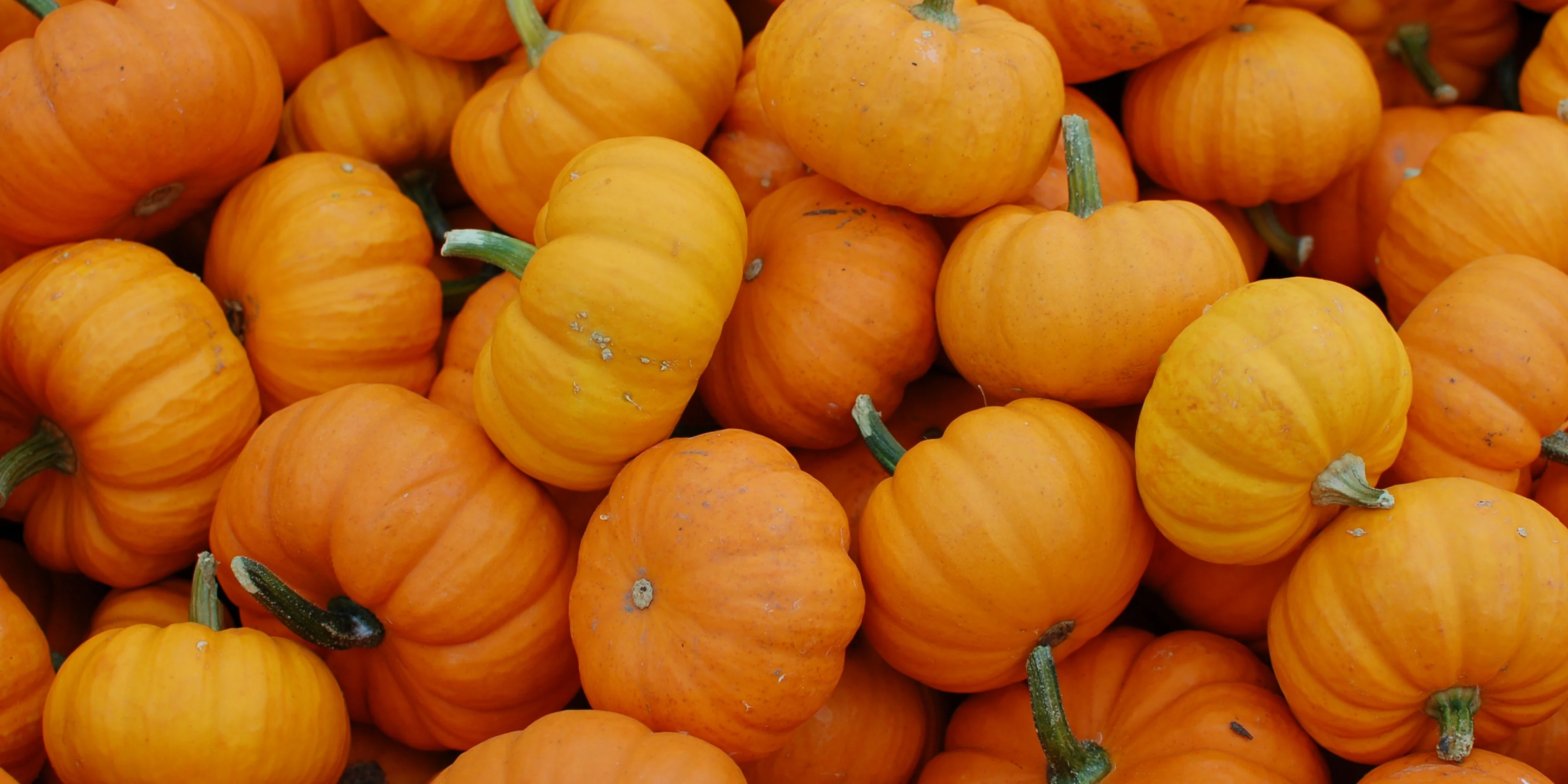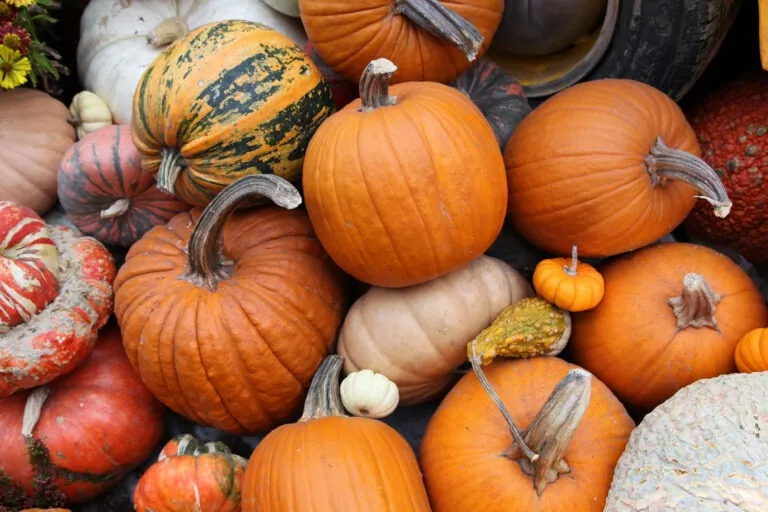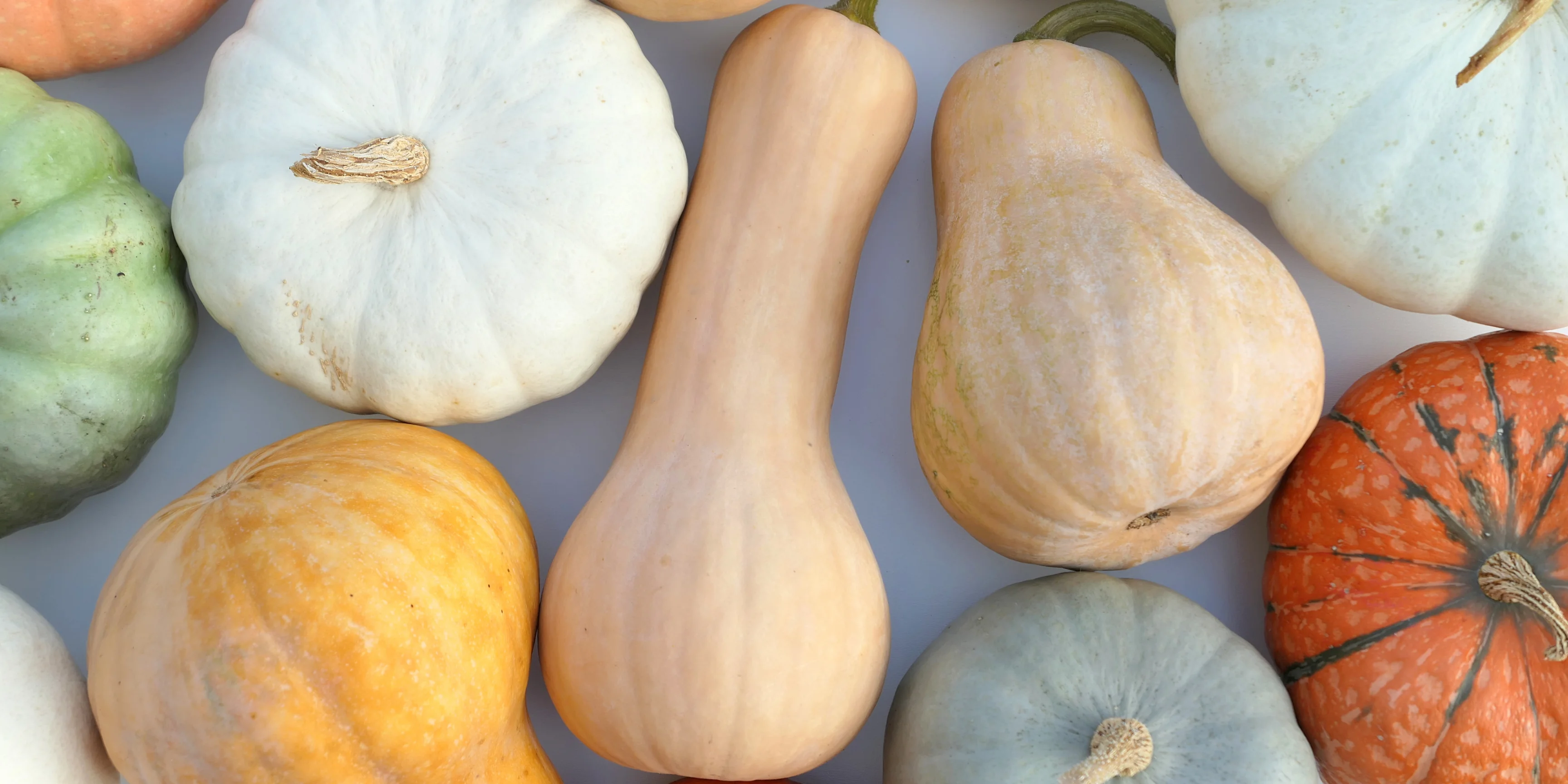Every year, almost 25 million tons of pumpkins are grown worldwide. Who grows the most pumpkins? Illinois grows the majority in the United States. Meanwhile, China is the largest grower, while Mexico is the largest exporter, with the United States being Mexico’s biggest customer. In 2020, The U.S. harvested 66,200 acres. Pumpkins and apples are culturally used during fall, and this demand motivates pumpkin growers around the world.
Who Grows the Most Pumpkins?
One country holds the crown of “Pumpkin King”: China. China produces over 9 million tons worldwide per year. India comes in 2nd place, with 5 million tons, and Ukraine takes the 3rd ranking for producing a million tons annually. Together, China and India grow more than 60% of the world’s pumpkins.
While there are leading countries that grow, the U.S. has its personal pumpkin capital. Morton, Illinois, is accountable for distribution with 2 processing plants, yielding 564 million pumpkins in 2020. Illinois has 17k acres for growing tons on tons. In 2021, Indiana grew 10.88% of U.S. pumpkins, and California grew 9.41%, helping Illinois contribute to U.S. pumpkin production.
Pumpkin Perfect Weather
Fresh pumpkins flourish in climates with temperatures between 65 to 95 degrees Fahrenheit. Pumpkins daily need six-plus hours of direct sunlight. Ultimately, pumpkins preferably grow in warm, sunny climates that contain wet and well-drained soil.
Who Ships the Most Pumpkins?
Mexico grows 679k pumpkins every year. It is the primary pumpkin shipper in the world. In 2020, Mexico shipped 87% of its pumpkins to the U.S., while Spain is the 2nd top exporter, shipping out 30.5% to France and 25.1% to Germany.
Illinois ships out the majority of U.S. pumpkins from multiple farms. The “Pumpkin Patch Fundraisers Inc.” based in North Carolina, is another top distributor in the United States. Every year, they ship millions of pumpkins to over 40 states. With high demand for jack-o-lanterns, the trucks quickly reach capacity.
Largest Pumpkin Shipments (2021)
– Mexico to the U.S. | Mexico shipped $365.86 Million worth of pumpkins to the U.S., which consumed 6.1 lbs per person the same year.
– Spain to France | Spain sent France $155.30M pumpkins. The year before, Spain produced 854k tons of pumpkins.
– Spain to Germany | $140.58M pumpkins were shipped to Germany. In 2020, Germany imported $185M worth of pumpkins from Spain.
– Spain to the United Kingdom | 2021 was a wonderful year to ship pumpkins out of Spain. The U.K. imported $63.71M worth of pumpkins from Spain. The year before, the U.K. only imported $5.21M in pumpkins. So this was a beneficial increase for Spain.
– The U.S. to Canada | In 2020, Canada imported 84.7% of the U.S. pumpkins. The U.S., home of the pumpkin capital, shipped out $55.21M worth of pumpkins to Canada only one year later.
How To Grow Pumpkins
Pumpkins are harvested on a dry day using a garden lopper. This is used to cut the pumpkin off the vine gently. If the exterior shell is hard and the pumpkin is glossy orange, it’s ready for harvest. If the pumpkin is so soft that it’s easily puncturable with a finger, it’s not ripe. Once the pumpkins are gathered, they’re cured by being left in the sun for 10 days. After curing, they can be stored in a cool, dry cellar for 3 months.
Packaging Pumpkins For Shipment
To ensure the pumpkins aren’t contaminated with over-ripe ones, they’re sorted apart. If cross-contaminated, they produce ethylene which will cause damage to the perfectly ripe pumpkins.
After sorting the fresh versus imperfect, pumpkins are placed in:
– Mesh Bags | Mesh Bags are sacks made out of durable netting. They are also used for onions and tennis balls.
– Ventilated Cartons | Ventilated Cartons are made out of corrugated paperboard. They are commonly used post-harvest (transporting from the farm to a pumpkin co-op).’
– Gaylords | Gaylords are corrugated cardboard boxes, also known as bulk bins or pallet boxes, popularly used to display produce.
This is how pumpkins are packaged if they’re traveling short distances or stored. Depending on the pumpkin’s destination, further distances require durable packaging.
If shipping internationally, they’re packaged in:
– Wooden Bulk Bins | Wooden Bulk Bins are big, durable crates recommended for shipping overseas. These hold about 800 lbs of pumpkins.
– Wire-Bound Crates | A Wire-Bound Crate is made out of thin wood slats and bonded together by steel baling wire and staples. These were used in the early 1900s, so they give off an old-fashioned look, but they’re not as durable.
These are more durable compared to Gaylord bulk bins or mesh bags.
Pre-cooling Pumpkins To Be Shipped
There are various methods for pre-cooling pumpkins.
– Room Cooling is a cold storage space simulating a refrigeration unit. It’s cooled by a fan that allows cold air to pass and circulate throughout.
– Forced Air Cooling is the next option. Instead of a fan circulating through the room, cold air is worked directly on the pumpkin, which is a quicker process, but risky if not done right.
– Ultimately, Hydro-Cooling is the most common way of cooling. This process is completed by applying cold water to the pumpkin. Sometimes, it’s immersed for quicker cooling. The water can be applied to the pumpkins for six hours.
Overall, pumpkins are sensitive to intensely cold temperatures, so they must be pre-cooled no more than 50°F.
Transporting Pumpkins
Pumpkins are supposed to be kept cool in transit. Refrigerated trailers are ideal for shipping. On top of pumpkins being sensitive to freezing temperatures, they’re also sensitive to damage by touch. If some pumpkins are more ripe than others, they should not be placed in the same container. If they touch, the ethylene that is being given off by the ripe pumpkins can ruin the entire batch. Therefore, it’s essential to separate pumpkins in the container with dividers, leaving slits of room for them to breathe (airflow circulation). Pumpkin’s preferred temperature for transport is between 50 to 55 degrees Fahrenheit. The proper precautions for the pumpkins in transit are essential while shipping.
Partner with a 3PL
Getting your pumpkin supply chain the resources a third-party logistics company (3PL) like FreightCenter has means you get the most convenient, affordable, and effective freight shipping solutions possible. Whether you are someone who ships the most pumpkins, or just a part-time grower, partnering with FreightCenter means you get the most reliable shipping services, a large network of your favorite carriers, and shipping and logistics experts on hand. Have any other Halloween shipping you need help with? We ship all kinds of products for customers, vendors, and businesses of all sizes for the Halloween season.
You also get the added peace of mind of knowing your 3PL has won the Food Logistics’ 2020 Top 3PL & Cold Storage Providers award. We can handle all of your shipping needs. Start by getting a free online quote, or call 800.716.7608 today.



